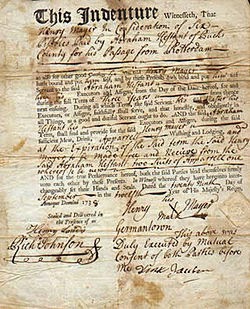OCTOBER 30, 1814
200 years ago today in
Washington County, Indiana Territory, the harvest of corn and pumpkins was
mostly completed. The harvest of other
crops such as wheat, oats, rye, flax and hay had been completed earlier in the
year. For those families who had
completed the purchase of their land claims from the US government and had
completed their harvest, the coming winter of 1814 appeared to be manageable.
For other families and individuals, the prospects for the winter were not so favorable. Life on the Indiana frontier of 1814 was
still fraught with risk and danger. Disease, accidents, and childbirth complications
left several families without a fully functioning household which was required
to survive the rigors of pioneer life. There were also squatters who had crossed the
Ohio River to avoid their creditors who were living in marginal circumstances. Such
families and individuals without the support of a larger extended family were
facing a bleak winter. Civil government of
the Indiana Territory was organized to provide aid for such persons.
The Northwest Territory had
enacted laws as early as 1790 providing for poor relief through public
officials designated as overseers of the poor.
These overseers had the duty to investigate the needs of indigent
persons and families and to report on their conditions to justices of the peace
who could grant aid on a limited basis.
These overseers could arrange
contracts for children who were orphans or from indigent families to become
indentured apprentices. Boys were
subject to such indentures until they were 21.
The contracts of indenture for girls ended at the age of 18. These
overseers could also “farm out” able bodied adults who were unable to support themselves
to the lowest bidder. The landowner paid
the overseer for the person’s labor. The
overseer then applied the wages to the needs of the laborer of his family. Such a contract could extend for a period of
up to nine months.
Such a system of poor relief
existed in Washington County, Indiana Territory in 1814. On April 13, 1814, the Washington Circuit
Court had appointed two residents of each township to act as Overseers of the
Poor. Some of these appointees were among the most prominent settlers in the county. They were:
Madison Township: Owen Lindley and William Moore
Lost River Town James Moorfield and Jesse
Roberts
Blue River Town Major George Beck and
Henry Wyman
Washington Tow William Lindley and
Zachariah Nixon
Driftwood Town Abraham Huff
The provision of poor relief
was considered one of the primary functions of local government in the early
days of Washington County. In 1823, poor
relief was over 11% of the total county expenditures. The Stevens Centennial History says that the
first pauper was a lady named Elizabeth.
She became a public charge in 1814 and was boarded at the cost of $50 a
year until her death in 1833. When she
died her remains received a pauper burial with a shroud at the cost of $1.50, a
coffin at the cost of $2 and grave digging and burial at the cost of
$2.50. No monument was included and there was no mention of what the
preacher was paid for the funeral service.
This system of public welfare
remained in place until 1852 when the Indiana legislature transferred these
duties to the office of the township trustee.
To this day, the township trustee has some duty toward providing aid to
the poor in the form of rental assistance, utility bills and burial.
POOR EMIGRANTS FROM NORTH CAROLINA
CONTRACT OF INDENTURE
WASHINGTON COUNTY EXPENDITURES 1823



No comments:
Post a Comment